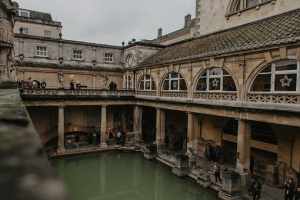 From the hushed whispers of ancient civilizations to the contemporary adventures of leisure seekers, hot springs have woven themselves into the rich tapestry of human history. These geothermal wonders, bubbling from the Earth’s embrace, offer more than just a warm soak—they carry tales of health practices, cultural significance, and an enduring allure that transcends culture or location.
From the hushed whispers of ancient civilizations to the contemporary adventures of leisure seekers, hot springs have woven themselves into the rich tapestry of human history. These geothermal wonders, bubbling from the Earth’s embrace, offer more than just a warm soak—they carry tales of health practices, cultural significance, and an enduring allure that transcends culture or location.
The Ancient Thermal Embrace
Beginning back in ancient human civilizations, hot springs have cradled societies in their warm waters. Picture ancient Rome, where the public baths, or “thermae,” became the heartbeat of social life. Romans believed in the medicinal properties of these heated waters, and communal baths became hubs of not just hygiene but also politics and gossip.
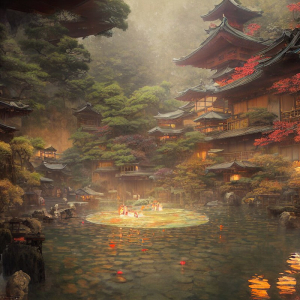 In Japan, the onsen tradition traces its roots to the eighth century. Here, hot springs aren’t just natural wonders but revered spirits, embodying a delicate dance between the ethereal and the earthly. To bathe in an onsen is to partake in a ritual that transcends the mere cleansing of the body—it’s a spiritual communion.
In Japan, the onsen tradition traces its roots to the eighth century. Here, hot springs aren’t just natural wonders but revered spirits, embodying a delicate dance between the ethereal and the earthly. To bathe in an onsen is to partake in a ritual that transcends the mere cleansing of the body—it’s a spiritual communion.
Europe’s Renaissance and the Spa Culture
As Europe emerged from the shadow of the Middle Ages into the Renaissance, the fascination with hot springs experienced a renaissance of its own. Spurred by the belief in the therapeutic powers of these natural baths, spa towns blossomed across the continent. The town of Spa in Belgium lent its name to these retreats, becoming synonymous with places dedicated to health, relaxation, and social indulgence.
German and Swiss spas, renowned for their mineral-rich waters, drew visitors seeking remedies for ailments ranging from skin conditions to arthritis. The mineral composition of each spring was scrutinized, with some attaining a reputation equal to the finest elixirs.
Hot Springs in the New World
As explorers set sail to discover the New World, hot springs beckoned them in unexpected corners. Native American communities had long revered these natural thermal wonders for their healing properties. The geothermal gems scattered across North and South America became sanctuaries, places where rituals of purification unfolded.
From Tradition to Tourism
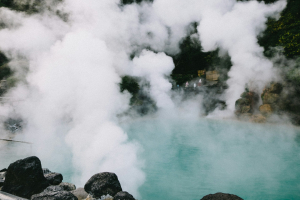 The 19th and 20th centuries witnessed a shift. Hot springs transformed from revered sites of cultural and spiritual significance to destinations of leisure and recreation. The healing properties that once defined them now shared the stage with the allure of relaxation and escape from the rigors of modern life.
The 19th and 20th centuries witnessed a shift. Hot springs transformed from revered sites of cultural and spiritual significance to destinations of leisure and recreation. The healing properties that once defined them now shared the stage with the allure of relaxation and escape from the rigors of modern life.
Yellowstone National Park, the United States’ first national park, is home to some of the world’s most iconic hot springs. Here, the vivid colors of the Grand Prismatic Spring and the rhythmic eruptions of Old Faithful showcase nature’s unbridled display of geothermal prowess.
Present-Day Soak: A Fusion of Tradition and Luxury
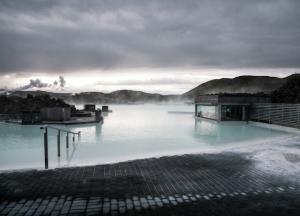 In the contemporary landscape, hot springs continue to be both a nod to tradition and a symbol of luxurious escape. Resorts like Yellowstone Hot Springs blend the age-old benefits of geothermal waters with modern amenities, offering visitors not just a soak but an experience.
In the contemporary landscape, hot springs continue to be both a nod to tradition and a symbol of luxurious escape. Resorts like Yellowstone Hot Springs blend the age-old benefits of geothermal waters with modern amenities, offering visitors not just a soak but an experience.
Today’s hot springs are not merely pools of warmth; metaphorically, they could be considered portals connecting us to a timeless past. Whether you’re immersing yourself in the centuries-old ritual of a Japanese onsen, feeling the minerals of a European spa, or witnessing the geothermal symphony of Yellowstone, each hot spring is a chapter in the story of human fascination with the Earth’s innate healing powers.
Soaking in the History
So, the next time you dip into the welcoming embrace of a hot spring, remember that you’re not just enjoying a leisurely soak; you’re participating in a ritual that spans epochs. The steam rising around you carries with it the whispers of ancient Romans, the tranquility of Japanese onsen-goers, and the adventurous spirit of explorers encountering geothermal wonders in uncharted territories.
The allure of hot springs is a testament to their timeless magic. From ancient civilizations to the modern-day wanderer, these natural marvels remain steadfast, inviting us to soak not only in their warm waters but also in the profound history they hold.

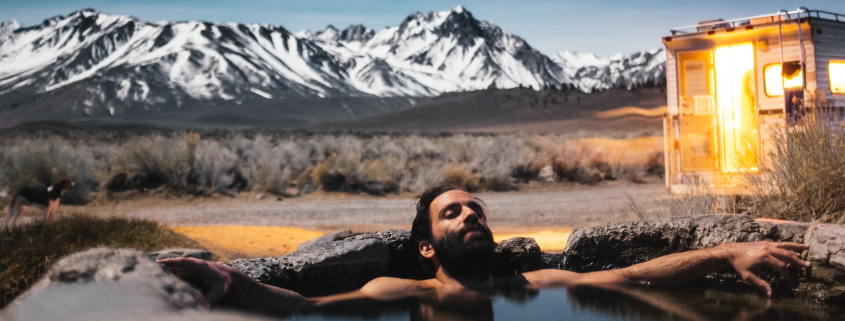


Leave a Reply
Want to join the discussion?Feel free to contribute!